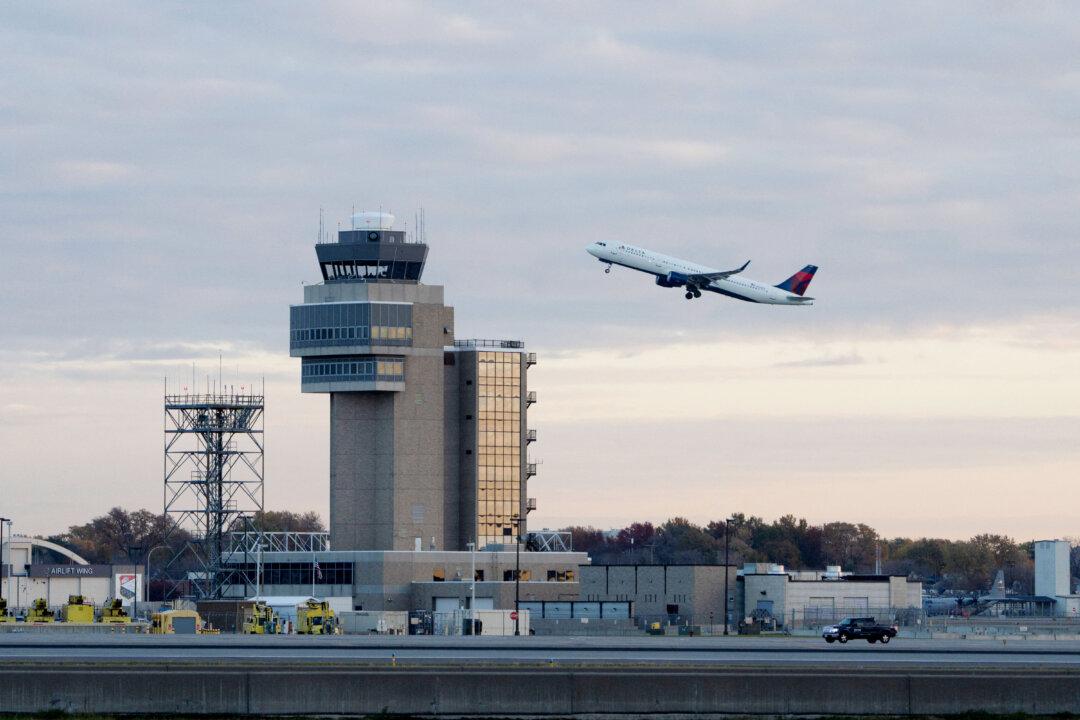The trend of rising job cuts seen in the past few months could accelerate in December and January, which are usually seen as the peak period of job cuts.
An analysis of data from the Bureau of Labor Statistics (BLS) by the Wall Street Journal shows that December usually ranks at the second spot when it comes to monthly layoffs and discharges, while January takes the top spot on the list. Speaking to the media outlet, Nick Bunker, economic research director for North America at Indeed Hiring Lab, noting seasonality of the labor market as a possible explanation for the timing of the layoffs.





